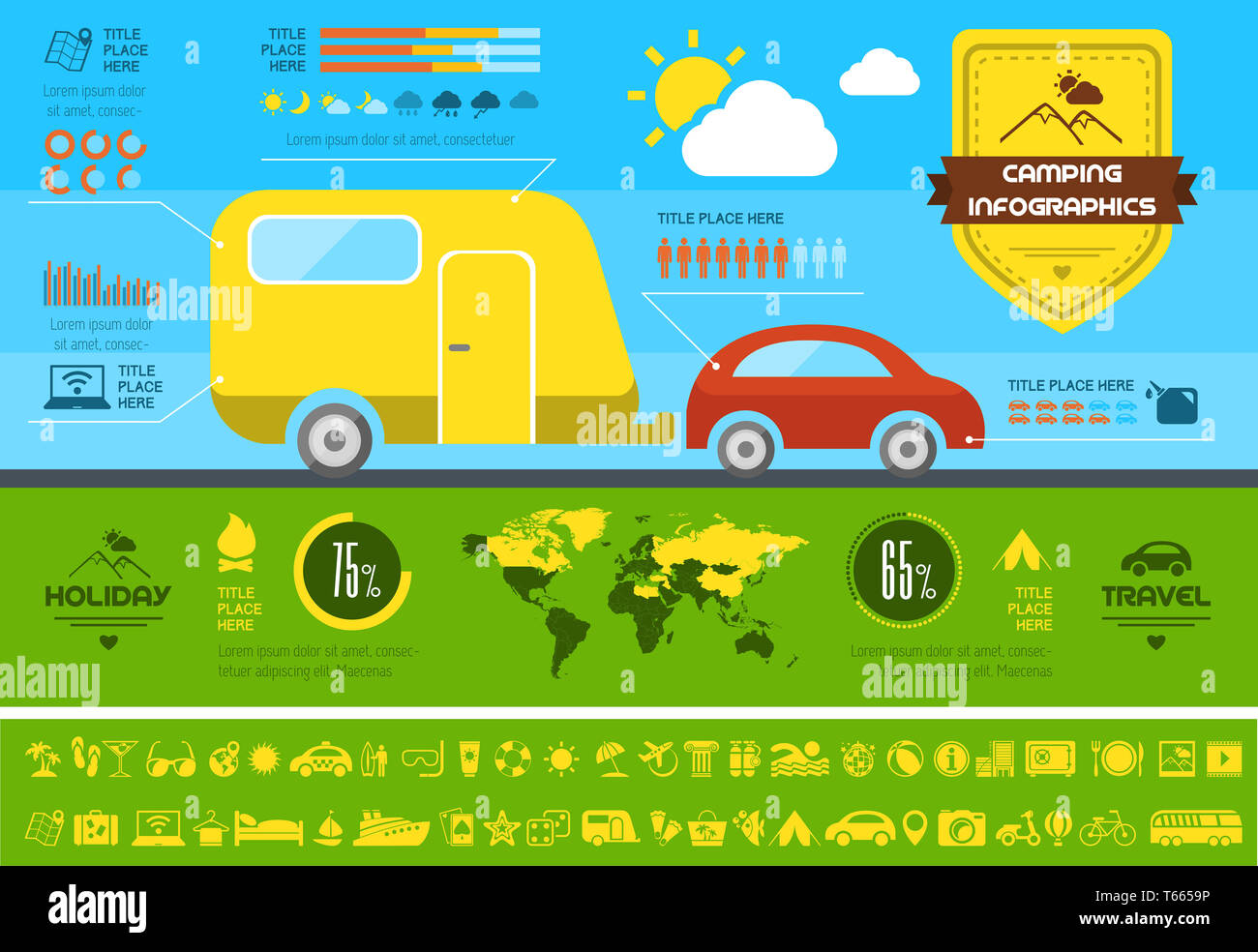How Ventilation Affects Safety In Tent Heating
Benefits and drawbacks of Plastic Vs. Canvas Camping Tent FloorsWhile lots of campers focus on a tent's canopy to protect them from rainfall, snow, and bugs, the tent floor is equally essential. A quality floor uses defense from standing water, soggy mud, and sharp rocks.
At White Duck Outdoors, we provide free-floating plastic floorings that are customized to every tent size. This permits you to choose a floor lining or use your own canvas tarp as a lining.
Sturdiness
There are various types of floorings readily available for wall surface outdoors tents. Free-floating floorings are different items that you lay on the ground before building the camping tent, making them simple to set up. A sewn-in floor is a little much more complex, but it offers excellent protection from water and pests.
Nonetheless, the very best choice is a camping tent flooring liner. A liner is thick and forces any kind of water or pests to go under the flooring instead of through openings in the outdoor tents. It likewise reduces the quantity of dirt that gets inside the outdoor tents, making it easier to cleanse and preserve.
All White Duck Outdoors wall outdoors tents include a free-floating flooring consisted of, so you don't need to bother with purchasing and setting up one individually. We understand the relevance of having the ability to personalize your room and make camping even more pleasurable. The free-floating flooring makes the camping tent simpler to bring, clean and store, high-ends that sewn-in or 3/4 floors don't give.
Weather condition Resistance
When picking a protective cover for commercial or logistical functions, weather resistance is usually an essential variable. Canvas tarps are traditionally made from all-natural materials, while plastic tarps include advanced polymer design. This difference in structure results in substantially different efficiency features, maintenance demands, and suitable applications.
Plastic tarps are ideal for long-term industrial protection due to their toughness, waterproof functions and chemical resistance. They also provide good UV defense and are lighter than canvas tarpaulins. These buildings make them the favored choice for covering tools and constructing momentary frameworks.
Easy Maintenance
The toughness of vinyl floors and their resistance to damage translates right into very little maintenance demands. Wipe-downs with mild soap and water suffice to maintain them looking tidy, while stubborn discolorations can often be gotten rid of without much effort.
On the other hand, canvas covers are more probable to absorb wetness with time, resulting in mold and mildew and mold growth if not effectively dried or treated. In addition, they might need even more frequent waterproofing treatments to keep their protective buildings.
In addition, a woven material like cotton is prone to penetrating and tearing in time, making it more vulnerable to damage from sharp items or unpleasant surfaces. Vinyl is crafted to withstand these dangers more effectively, positioning it as an exceptional option for sturdy defense applications. In addition, its synthetic components provide remarkable toughness and long life contrasted to canvas products. Consequently, they generally have a lower ecological impact in terms of production and disposal. They additionally tend to have a more versatile personalization ability, facilitating the consolidation of intricate layouts and color design.
Environmental Effect
Just like all products, it is necessary to understand the environmental account of each material. This consists of whatever from resources sourcing and manufacturing procedures to use long life and end-of-life disposal choices. This details permits businesses to make smarter options that line up with sustainability goals while satisfying operational requirements.
Sailcloth normally straightens with eco-conscious objectives because of its biodegradable nature and reduced manufacturing footprint. Its lighter weight translates to much less storage space and transport requirements. Its decreased upkeep needs and longer life-span additionally lower general expenditures.
Vinyl, on the other hand, relies upon artificial components for its sturdiness and weather condition resistance. waterproofing Its chemical treatments need high energy input. Vinyl's non-biodegradable buildings further make complex recycling and waste administration procedures. However, it does provide premium waterproofing and UV destruction resistance to outside environments.
